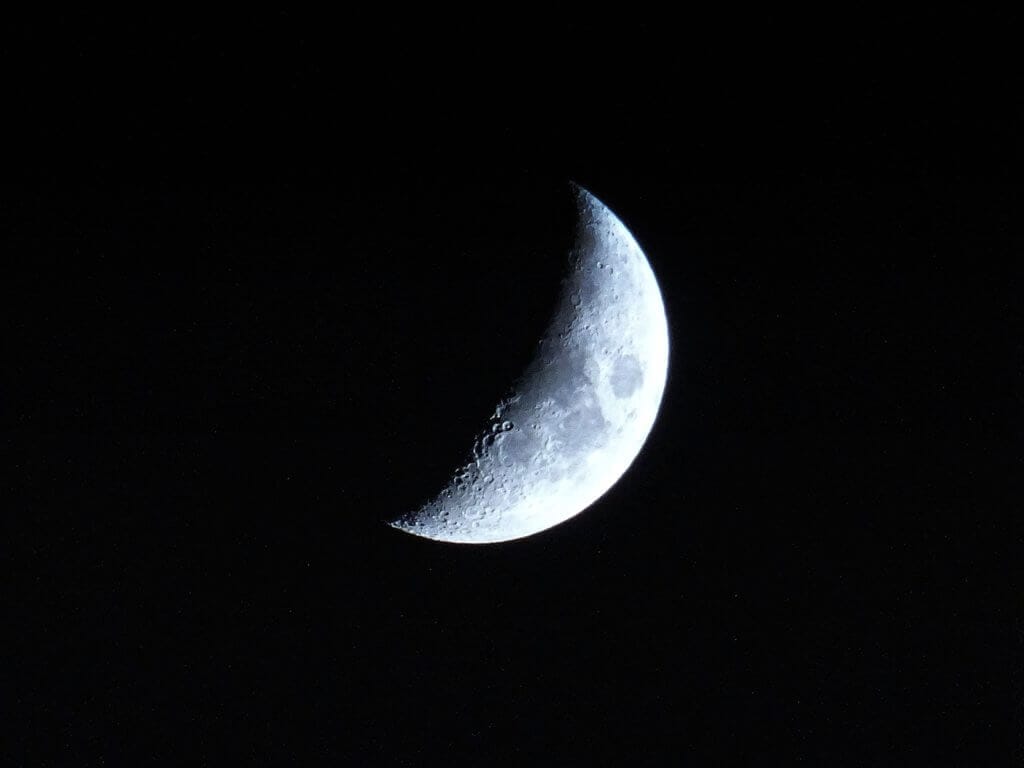Camping
Adventure Guide: A Simple How-To Guide to Stargazing

When’s the last time you just laid back and stared up at the night sky to take in the wonders of the universe? Amateur stargazing isn’t about scientific jargon or high-tech equipment, it’s just about enjoying some good old-fashioned family fun! To help you make the most of your next stargazing adventure, here’s a jargon-free guide to a night under the stars!
Choosing Time & Conditions
The first thing you’ll need to do is escape the light pollution of the big city! Make sure you’re in a remote area with minimal ambient lighting, like street lights or bright buildings. Before you get in the car, make sure to check the weather and moon phase. You want a crisp, clear night with no clouds and you want the moon to be crescent, gibbous, or new so that it’s not too bright. Usually, winter nights are better for stargazing as summer nights tend to get hazy. Avoid nights with a full moon because it will illuminate the sky and minimize clarity.
Stars vs. Planets
To go stargazing, you’ll need to be able to differentiate between stars and planets. Stars twinkle, so when you spot an object in the sky, watch it for a while and see if it dims and brightens. If it doesn’t, it may be a planet. Keeping your eye on the object, notice the others in the sky that surround it. If your object is significantly brighter than surrounding lights, it is most likely a planet and not a star.
Go Tech-Free
 At least when you start! Before you can use a telescope, you need to be somewhat familiar with where and what to look for. Magnifying the sky will make it a little trickier to identify constellations. Instead, start with just your eyes and a map! Use the map to help you navigate through the sky. If you need a light to view the map, pros recommend using a red flashlight or covering your phone light with a piece of red cellophane. The raw brightness of a flashlight can impact your eyes and make it harder for you to adjust to the darkness. Once you’ve spotted the star, planet, or constellation you’re looking for, you can then use a pair of binoculars to take a closer look!
At least when you start! Before you can use a telescope, you need to be somewhat familiar with where and what to look for. Magnifying the sky will make it a little trickier to identify constellations. Instead, start with just your eyes and a map! Use the map to help you navigate through the sky. If you need a light to view the map, pros recommend using a red flashlight or covering your phone light with a piece of red cellophane. The raw brightness of a flashlight can impact your eyes and make it harder for you to adjust to the darkness. Once you’ve spotted the star, planet, or constellation you’re looking for, you can then use a pair of binoculars to take a closer look!
How To Find Constellations
To do this, you just need 3 things – a clear sky, a map or guide, and a little bit of patience! When you’re starting out, especially with little ones, start by searching for the most distinctive constellations – the Big Dipper, the Little Dipper, and the North Star. Once you’ve spotted those, use maps or apps to help you identify and locate other constellations in the sky! When you’re at Splashway Campground, visit the Camp Store and try one of our stargazing maps absolutely free!
You’re well on your way to becoming a true astronomer now! At Splashway Campground, adventure awaits you and your family on your next family vacation.
YOU MIGHT
ALSO ENJOY
March 07, 2023
January 18, 2023
October 20, 2022








